Moldy grout can be a persistent and unsightly problem in many households. Not only does it tarnish the appearance of tiles and grout lines, but it also poses health risks and can negatively impact the environment. Understanding the root causes of mold growth and employing proper cleaning techniques are crucial for maintaining a healthy living […]
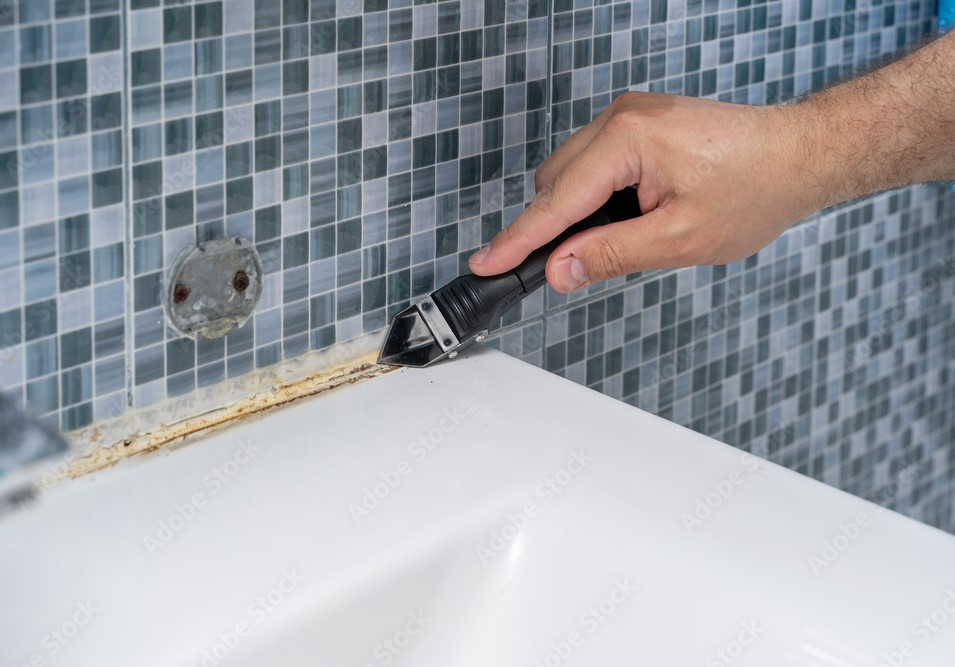
Moldy grout can be a persistent and unsightly problem in many households. Not only does it tarnish the appearance of tiles and grout lines, but it also poses health risks and can negatively impact the environment. Understanding the root causes of mold growth and employing proper cleaning techniques are crucial for maintaining a healthy living environment. In this guide, we will delve into the common causes of moldy grout, explore its impact on health and the environment, provide safety precautions for effective cleaning, discuss various grout types and surfaces, suggest essential cleaning supplies and tools, present natural and eco-friendly alternatives, and offer best practices for future grout maintenance.
Mold thrives in damp and humid environments, making grout lines between tiles a prime breeding ground. Common causes of moldy grout include:
a) Poor ventilation: Bathrooms, kitchens, and other moisture-prone areas with inadequate ventilation can trap excess moisture, promoting mold growth.
b) Water leaks: Leaky pipes, faucets, or fixtures can introduce moisture into the grout, providing the ideal conditions for mold to flourish.
c) High humidity: Climates with high humidity levels encourage mold growth, especially in poorly ventilated areas.
d) Grout porosity: Some grout types are more porous than others, making them susceptible to water absorption and mold colonization.
e) Inadequate cleaning: Neglecting regular grout cleaning allows dirt, soap scum, and organic matter to accumulate, providing nutrients for mold growth.
Related post: Hiring Cleaning Services Can Help You Save Money
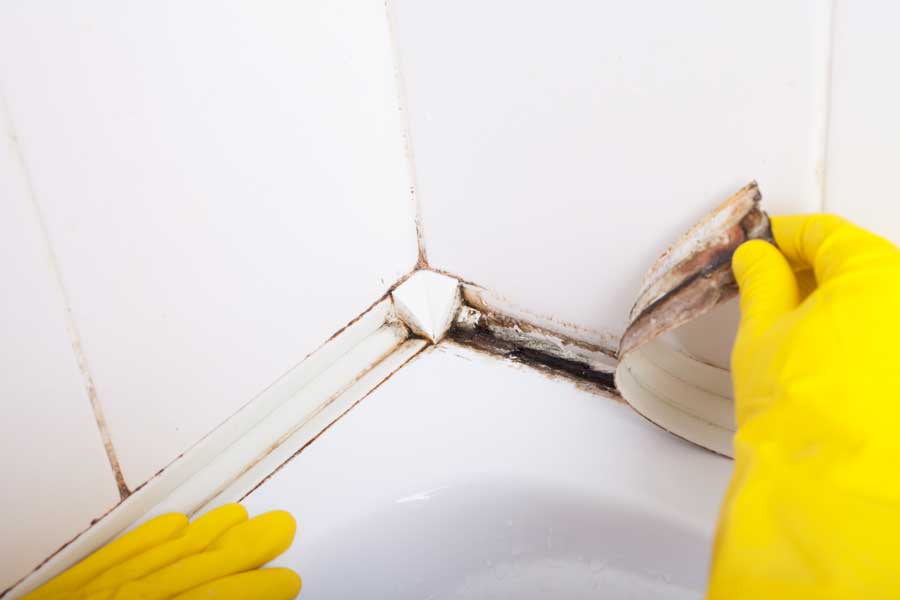
Moldy grout can have significant health implications, especially for individuals with respiratory issues, allergies, or weakened immune systems. Exposure to mold spores can lead to:
a) Allergic reactions: Sneezing, coughing, itchy eyes, and skin rashes are common allergic responses to mold exposure.
b) Respiratory problems: Mold spores can trigger or exacerbate asthma and other respiratory conditions, leading to wheezing, shortness of breath, and chest tightness.
c) Infections: Some types of mold can cause infections in individuals with compromised immune systems.
Also, mold growth harms the environment, contributing to indoor air pollution and increasing the carbon footprint. Proper cleaning and maintenance of grout can significantly reduce these negative impacts.
Related post: How Dirty Carpets Can Affect Your Health
Before tackling moldy grout, readers should follow these essential safety precautions to protect themselves from harmful chemicals and ensure proper safety practices:
a) Ventilation: Open windows and doors to ensure adequate ventilation during cleaning. This will help disperse any fumes from cleaning products.
b) Protective gear: Wear rubber gloves, safety goggles, and a mask to shield your skin, eyes, and respiratory system from direct contact with mold and cleaning agents.
c) Test cleaning agents: Before using any cleaning product on a larger surface, perform a spot test in a less visible area to check for adverse reactions on grout or tiles.
d) Avoid mixing chemicals: Some cleaning agents can produce harmful fumes when mixed. Always follow the instructions on the product labels and avoid combining different chemicals.
e) Keep the area dry: After cleaning, thoroughly dry the grout to prevent mold from reoccurring. Use a dry cloth or towel to absorb excess moisture.
Related topic: Deep Cleaning Services: Its Benefits And Advantages Of Experts Vs. Self-Cleaning
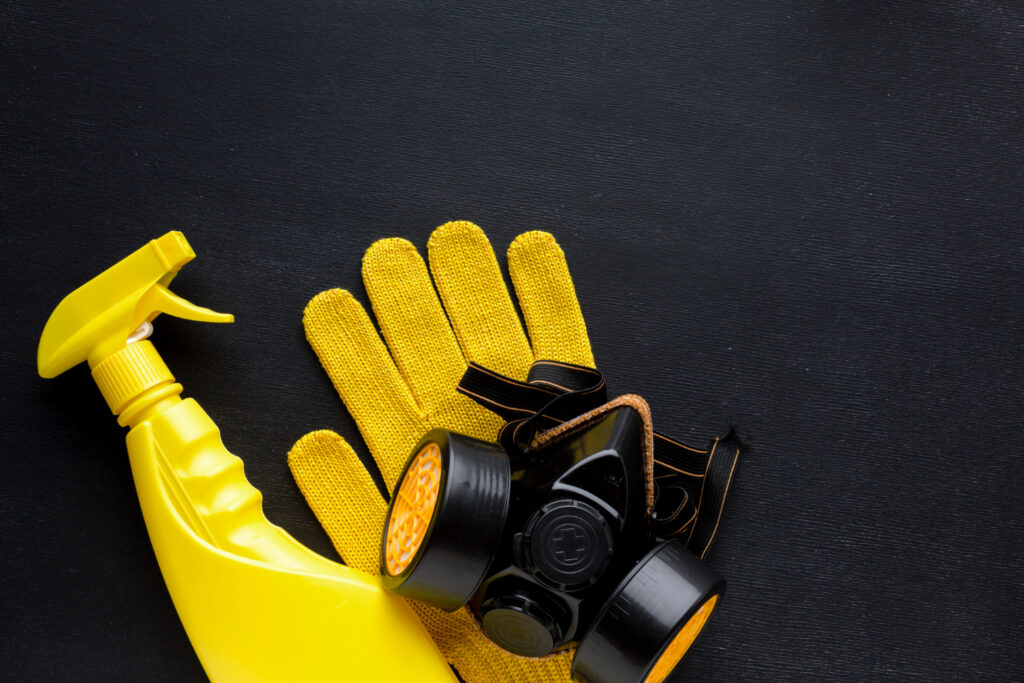
Different grout materials and surfaces may demand unique cleaning methods to avoid damage. Here’s how to clean various grout types effectively:
a) Cement-based grout: Most common in household tiling, cement-based grout can be cleaned using a mixture of baking soda and water. Scrub gently with a soft brush to avoid grout erosion.
b) Epoxy grout: This type is more resistant to stains and mold, making it easier to clean with a mild vinegar solution. Avoid abrasive cleaners that can damage the surface.
c) Sanded vs. unsanded grout: Sanded grout is more durable and suitable for wider grout lines, while unsanded grout is better for thinner ones. Cleaning methods are generally the same, but sanded grout may require additional rinsing.
d) Natural stone grout: Be cautious when cleaning natural stone grout, as acidic or abrasive cleaners can harm the stone. Opt for pH-neutral cleaners or natural stone-specific solutions.
Gathering the right cleaning supplies and tools ensures an effective and efficient cleaning process:
a) Cleaning products:
– White vinegar: A mild and natural cleaning agent that works wonders on moldy grout.
– Baking soda: Excellent for scrubbing away stains and mold in a non-abrasive manner.
– Hydrogen peroxide: A powerful natural disinfectant that helps eliminate mold.
– Commercial grout cleaners: Choose a reputable grout cleaner from the market for tougher stains or persistent mold.
b) Cleaning tools:
– Soft-bristle brush: Use a toothbrush or grout brush with soft bristles to scrub grout gently.
– Spray bottle: To mix and apply homemade cleaning solutions evenly.
– Microfiber cloth: Absorbent and non-abrasive, ideal for wiping down surfaces after cleaning.
– Steam cleaner (optional): An eco-friendly option to remove mold and grime using hot steam.
For environmentally-conscious readers, several natural and eco-friendly alternatives are available for cleaning moldy grout:
a) Lemon juice: The citric acid in lemon juice helps break down mold and stains. Mix it with baking soda to form a paste for targeted cleaning.
b) Tea tree oil: With natural antifungal properties, tea tree oil can be mixed with water to create a solution for combating mold growth.
c) Hydrogen peroxide and baking soda: A powerful duo for tackling stubborn mold stains. Combine equal parts hydrogen peroxide and baking soda to form a paste.
d) Vinegar and water: A simple mixture of equal parts white vinegar and water can work wonders on mild mold problems.
Related post: 5 Eco-Friendly Cleaning Tips For Your Desk
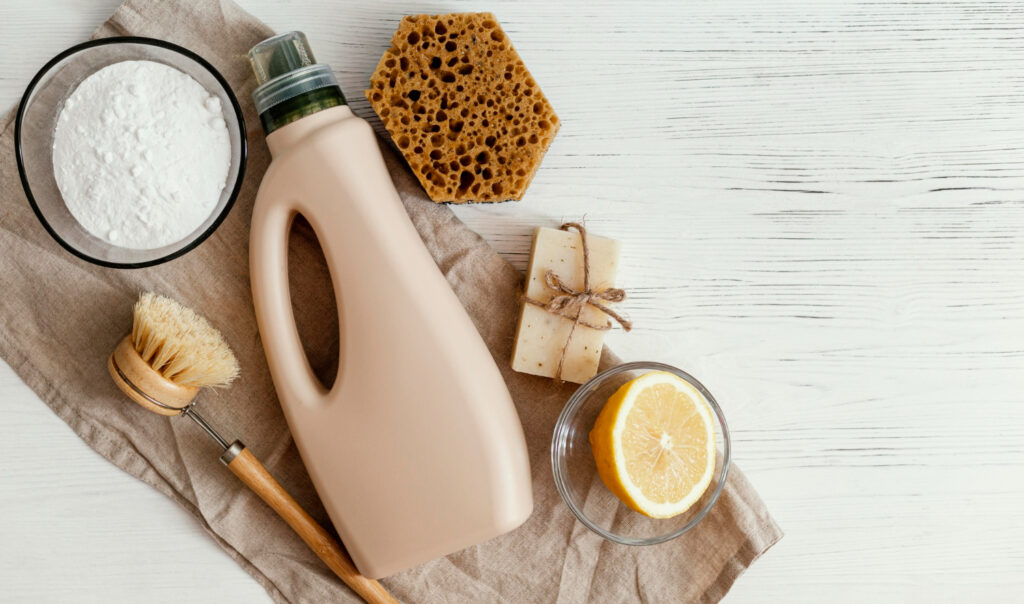
Preventive measures can help maintain grout cleanliness and minimize mold growth:
a) Regular cleaning: Establish a routine for cleaning grout lines, especially in moisture-prone areas, to prevent mold buildup.
b) Proper ventilation: Ensure sufficient airflow in bathrooms and kitchens to reduce moisture accumulation.
c) Seal grout lines: Apply a grout sealer to create a protective barrier, reducing water absorption and mold formation.
d) Use mold-resistant products: Opt for mold-resistant grout and tiles to inhibit mold growth from the start.
e) Wipe surfaces dry: After showering or cooking, wipe down the tiles and grout to minimize excess moisture.
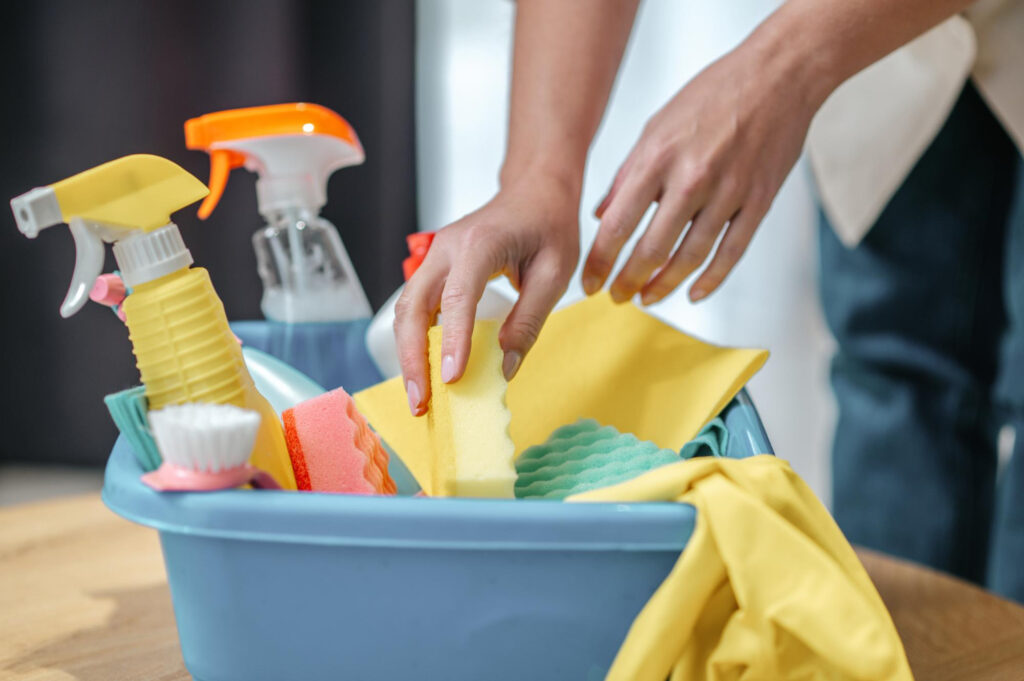
Cleaning moldy grout is an essential task that improves the appearance of your tiles and ensures a healthier living environment. Understanding the causes of mold growth, the impact on health and the environment, and the appropriate cleaning techniques are key to successfully combatting moldy grout.
With flexible scheduling options and a team of skilled cleaners, we guarantee a clean, organized home that promotes good health and well-being. Don’t let concerns about finances or the perceived value deter you from experiencing the benefits of professional cleaning services. Give Sparkling and Beyond a try, and you’ll be amazed at how much time and money you can save while maintaining a pristine living environment.
Feel free to contact us now!
![]()